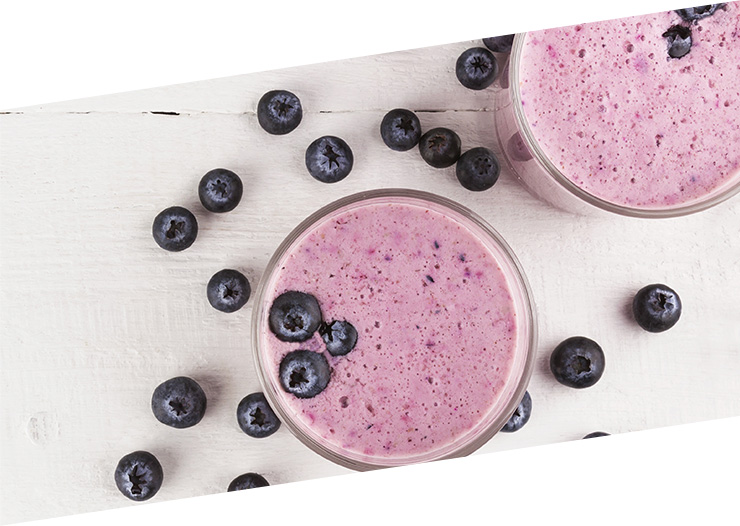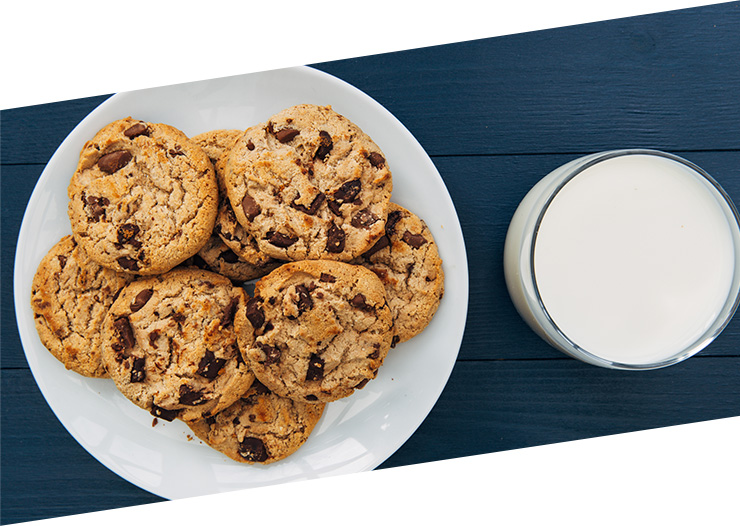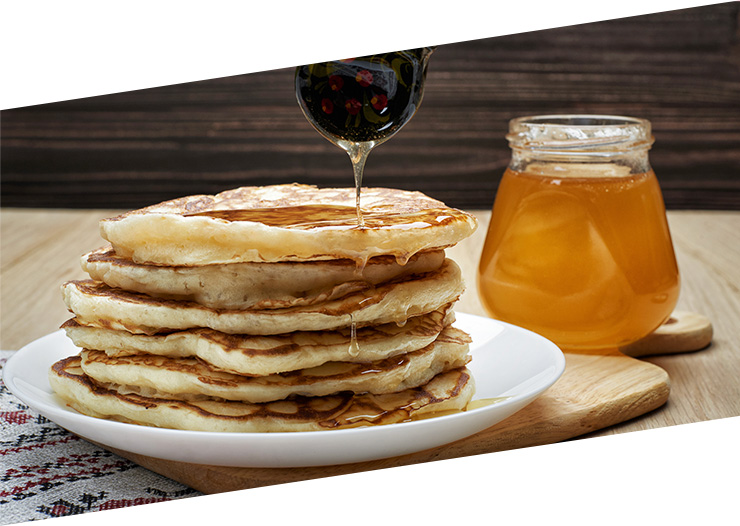
Bulk Oat Milk Powder Gains Ground in Crowded Dairy Alternative Sector
Agile Kitchen, Ingredient Trends, Non-dairy Ingredients
Bulk oat milk powder is creating new opportunities to incorporate the popular ingredient into new kinds of applications.
Bluegrass Ingredients On-site Hiring Event | March 19 | Glasgow, KY.
Two roads diverged in grocery stores across America during the ongoing COVID-19 pandemic. One led consumers down the aisle of nostalgia and comfort foods, while the other led them toward healthy and sustainable options.
In a time of lockdown and quarantine, these two food consumption trends came to the forefront as consumers grappled with new routines and more time at home without commutes to work or school.
In fact, more than 8 in 10 Americans said they experienced some change to their eating or food preparation habits during the pandemic, according to a survey from the International Food Information Council.
Consumers are now more focused on their health than ever before. A little over 20% of survey participants indicated they were eating healthier now than they had previously. With most of the workforce going remote early in the pandemic, consumers had the flexibility to exercise more, make home-cooked meals and choose healthier options.
But it wasn’t just health-conscious foods that boomed during the pandemic, sugary and salty snacks also saw a spike in sales. In the IFIC survey, 41% of consumers under the age of 35 reported they were snacking more than normal during the pandemic and 26% of consumers ages 50 and up reported the same.
Thus, the Pandemic Pantry Paradox was born. Navigating these dueling food trends can seem daunting for food manufacturers, but there are some established best practices to rely on.

With restaurants closed and the initial uncertainty of whether the coronavirus could be spread from food, a lot of consumers turned to home cooked meals during the pandemic. In doing so, they placed a greater emphasis on healthy ingredients and became more conscious about what’s in the food they’re consuming. Sales of plant-based food grew twice as fast as overall food sales in 2020.
Plant-based powders are a proven way for manufacturers to deliver the healthy flavors and clean labels consumers demand while streamlining production and costs.
Non-dairy, plant-based cheese and sour cream powders can amp up the flavors of roasted vegetables or meats in seasoning packets and sauces, or they can replace dairy and dairy powders in consumers’ favorite snacks to match vegan lifestyles.
For food manufacturers, capitalizing on this side of the Pandemic Pantry Paradox means focusing on labels and ingredients that embody trends surrounding healthy eating and plant-based alternatives. Food manufacturers can tap into the oat milk craze, for example, by swapping traditional milk or cream powders with oat milk powders and highlighting that ingredient in packaging and marketing efforts. Oat milk and non-dairy yogurt powders can bring protein shakes and smoothies to life with natural, earthy flavors all while giving consumers the clean label they’re looking for and can feel good about.

To say the last year and a half has been stressful is an understatement, and countless consumers found themselves reaching for comfort foods and indulgent treats to cope and find a little joy. Nearly half (47%) of American consumers surveyed in March 2020 said they were eating more processed foods during the pandemic.
One way food manufacturers can get the taste of nostalgia into their products is through dairy powders like cheese and cream. Who doesn’t remember the warm, ooey-gooey feeling they got when eating boxed mac ‘n cheese as a child? Cheddar cheese powders can make any food taste like mom’s cooking with their classic flavors and memorable colors. Butter and cream powders can enhance flavors in other savory comfort food favorites like chicken noodle soup and chili.
Achieving this nostalgia means dedicated product testing and flavor refinements to ensure products taste familiar and comforting.
Adding cream or butter powders to sweet products can bring out rich flavors that remind consumers of fresh baked treats and the feeling of warmth they would get when taking a bite of a piping hot chocolate chip cookie. Sweet cream powder or brown butter powder can add depth to dry dessert mixes so they taste like they were made from scratch. For biscuits that smell like grandma’s house, buttermilk powder can be added to dry mixes.

Bluegrass is committed to collaborating with food manufacturers to help them reach consumers on both sides of the Pandemic Pantry Paradox. By staying ahead of trends impacting consumer tastes, our Agile Ingredient Innovation™ Model helps manufacturers satisfy consumers’ everchanging cravings, creating flavor powders that hit on taste and texture wants and needs. Whether it’s rich dairy-based powders that satisfy comfort cravings or plant-based powders that help consumers meet their healthy lifestyle goals, there are endless possibilities for using food powders to enhance existing products or develop new offerings.